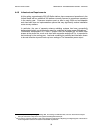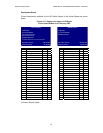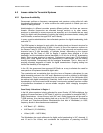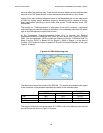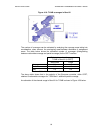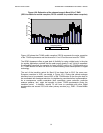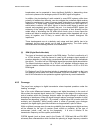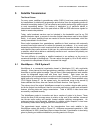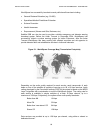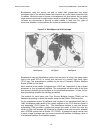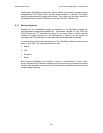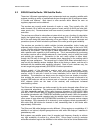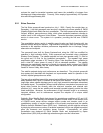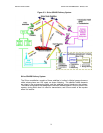DIGITAL RADIO GUIDE TERRESTRIAL TRANSMISSION SYSTEMS - ISSUES
64
(SFN’s) to a greater or lesser extent and make it easier to extend coverage. Provided
that a broadcast on the same frequency from a different transmitter, or a reflected
transmission from the main transmitter, arrive at the receive antenna within the system’s
guard interval, the reflected signal will combine in a constructive way to reinforce
reception.
One of the objectives for the Eureka 147 system was to transmit a digital signal (a
number of digitised analogue radio programmes plus data) to a mobile receiver over a
difficult transmission channel. Extensive testing has confirmed that this requirement has
been achieved successfully. The same characteristics of Eureka 147 ensure much more
rugged reception on portable receivers.
Recent development of IBOC systems in the US has also emphasised robust
performance in a multipath fading channel. Using sophisticated signal processing
techniques such as Complementary Punctured Coding, along with time and frequency
diversity, the next-generation IBOC systems are expected to exhibit fading channel
performance commensurate with that achieved in the Eureka 147 system, but this
remains to be demonstrated.
Tests and operational broadcasting have shown that DRM coverage is equivalent to the
corresponding analogue service it is replacing. Coverage, in this sense, refers to the
intended broadcast area, wherein the digital signal retains its high audio quality.



